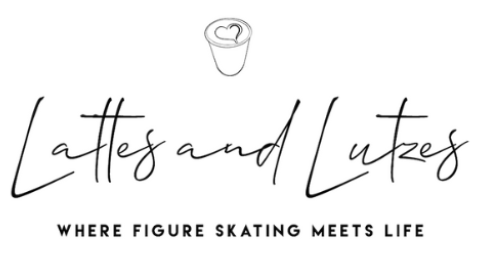
On Monday, I caught glimpses of the Boston Marathon, and it got me thinking – skating and marathons are about both about playing the long game. It’s funny when we first start skating; it’s often through the Learn to Skate program, which gives you a series of simple check-the-box goals as you learn elements. You can tick the boxes, pass your test at the end of a learning session, and progress to the next level. It’s a great way to get an introduction to the sport, but sometimes, I think it sets us up for unrealistic expectations. It’s so much easier to progress forward with little to no regression at the beginning of learning something new.
You’ve got to pace yourself
When running a marathon, especially Boston with its unique terrain, the strategy is to pace yourself. You see, Boston begins downhill, and therefore, it’s easy to go out too fast and have nothing left once you hit the Newton Hills. Skating is similar in that it’s easy to get lulled into checking the boxes with each newly learned element, then move towards the next. But once you reach a certain level, you realize it’s much more complex than that. For example, it’s very humbling to finish your competitive season, in some cases on the podium, then during your first lesson post-season hear your coach say, ‘so let’s work on those crossovers.’ My mind instantly goes, ‘wait, didn’t I receive a teddy bear certificate (if you know, you know) saying I completed those’? Ticking off a box indicating you understand the mechanics of an element and really mastering it are two different things.
Getting over Heartbreak Hill
Like the second half of the Boston Marathon, things get more challenging as you progress. There’s much said about Heartbreak Hill on the Boston Marathon course, but it’s not that hill that breaks you. It’s what came before it. Heartbreak Hill sits around mile 20 on the course and comes after the many hills getting through Newton. In skating, our Heartbreak Hill comes in returning to the ice after injury, or training through an injury, or attempting to continue training during an extremely busy time at the office. It’s working through self-doubt when you lose a jump you used to be able to count on. It’s overcoming fear. Fear of a new element or fear of failure.
The CITGO sign is further away than you think
Since 1965, the CITGO sign has been an iconic presence on the Boston Marathon race route. It sits in Kenmore Square like a beacon of hope, letting runners know they are close to the finish of the race. The crazy thing is you see many glimpses of the sign before actually reaching it. Sort of like a false oasis. In skating, this is like trusting the process even when doubt creeps in. It’s the perseverance to keep on the training regimen when you are tempted to veer off the path. By the time they reach the sign, many runners need to remind themselves they can do this; their body is fit from the months and months of training leading up to this point. Much the same way skaters stand at center ice during a competition or test session and need to dig deep to rely on the muscle memory gained from the countless hours of practice that brought them there.
Take a left at Boylston Street
The final left turn onto Boylston Street is where runners get the glimpse of the finish line and for many the first time they know that they know – they’ve got this. 26.2 miles is FINALLY within reach. It’s not that different than landing your final jumping pass in a program knowing you only have one spin left. While I don’t know many marathoners who say ‘that went by so fast’ I do know as a skater we sometimes get to the end of our programs surprised how quickly it went by. It’s not until we look back and reflect that we realize what we accomplished and how much we learnt about ourselves along the way. That it turns out we were capable of so much more than we thought possible.
Playing the long game
In my relatively short time in the sport, I’ve come to view skating as a long game, and we need to pace ourselves accordingly. It’s a sport of so much repetition and remembering the smallest of details in our quest for a perfection we can never achieve. It’s also a sport of perseverance, of believing the impossible, and showing up every single day. But perhaps the most important part is like the hundreds of thousands of fans who line the route of the Boston Marathon to cheer the runners on… skating too, is about the people you meet along the way. Some help get you ‘over a hill’ and some are with you for the entire journey.

Love this